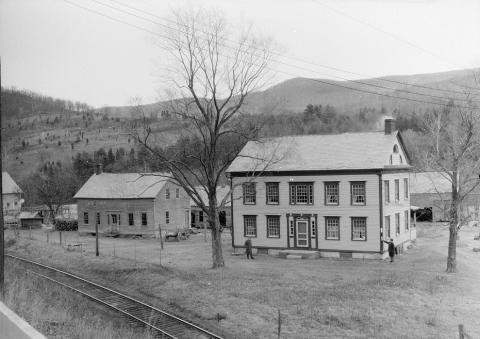The area that is now Rensselaer County was originally home to Mohican Indians. In 1610, Dutch vessels plied the waters of what would become known as the Hudson River and surveyed the area; thirteen years later, a group of eighteen Walloon families became its first European settlers. Killian Van Rensselaer, a Dutch merchant who dealt in jewelry and diamonds, obtained a patent for the land in 1629, establishing the patron-ship of Rensselaerwyck, along with a system of tenant farms administered by patrons that would endure into the 19th century. The land held by Rensselaer constituted one portion of the territory in the American Northeast controlled by the Dutch West India Company. By the time of the American Revolution, it had passed into British hands. The county of Rensselaer itself did not come into existence until 1791, when it was split from Albany County.
Rensselaer County is located on the eastern shore of the Hudson River approximately 150 miles North of New York City and directly across the river from the New York state capital of Albany. The states of Massachusetts and Vermont form its eastern border. Most of the county was included within the Rensselaerwyck patent. Rensselaer County is the 20th most populous county in New York with a population of approximately 160,000.
A great resource for this county is the Rensselaer County Historical Society and Historian. The RCHSH holds original probate records from 1794 to early–1900s, business records, diaries, letters, maps and atlases (early 1800s–1990), photographs, scrapbooks, ephemera, city directories, county and family histories, social and labor histories, and town and village histories. Their special collections include papers of local institutions, businesses, and families. Check out their website for more information: www.rchsonline.org
For a deeper dive into Rensselaer, visit the Troy Irish Genealogy Society website: http://rootsweb.ancestry.com/~nytigs/ The TIGS promotes the heritage of Troy-area Irish families through monthly meetings, a website with research links, members’ surname research, local history information, and opportunities to connect with other members.
NYG&B members enjoy access to all our original county guides on our website. Each guide was created by experts in the field in order to direct researchers to these local, unique resources. To learn more about the benefits of membership, see our membership page HERE.
